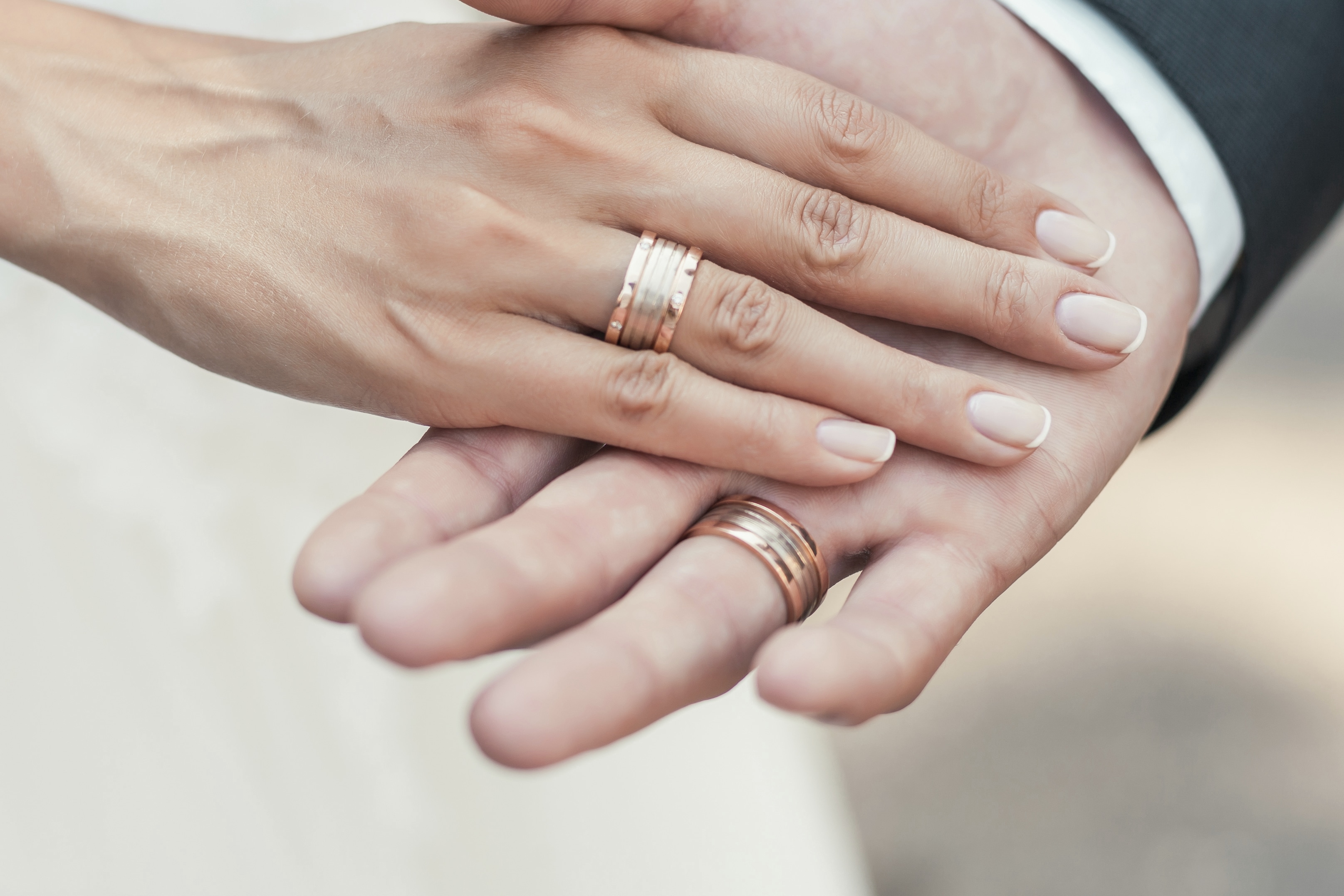Introduction
Finding the ideal engagement ring involves navigating through a myriad of choices, with one of the primary decisions being the choice of metal. Among the most sought-after options are platinum and white gold, each with its unique attributes and charm. Understanding the differences between these metals will guide you towards selecting the ring that not only dazzles on the day but stands the test of time.
Understanding Platinum
Platinum is renowned for its rarity and purity, making it a symbol of luxury and longevity in the world of jewelry verlobungsring platin oder weißgold. Composed primarily of platinum (typically 95%), this metal is naturally white and does not require rhodium plating like white gold. Its density and weight impart a substantial feel to the ring, which some find incredibly satisfying. Platinum’s hypoallergenic nature also makes it suitable for those with sensitive skin, ensuring comfort alongside its enduring beauty.
Understanding White Gold
White gold, on the other hand, is a blend of pure gold with other white metals such as nickel, palladium, or silver, often coated with rhodium to achieve its signature bright white finish. This plating may wear off over time, necessitating periodic re-plating to maintain its appearance. White gold offers a more affordable alternative to platinum while still exuding elegance and charm, making it a popular choice among budget-conscious couples.
Durability Comparison
In terms of durability, platinum is notably resilient to everyday wear and tear. Its density means it’s less likely to scratch compared to white gold, which, despite its durability, can develop surface scratches over time. While both metals can be polished to restore their luster, platinum retains its original volume with each polish, whereas white gold gradually wears down due to its softer nature.
Cost Considerations
When considering costs, platinum tends to be more expensive than white gold due to its rarity and density. However, it requires less maintenance over its lifetime, potentially balancing out the initial higher cost. White gold offers a more budget-friendly option initially but may incur additional costs for rhodium plating and maintenance, especially if worn daily.
Aesthetic Appeal
In terms of aesthetics, both metals offer a brilliant white hue that complements various gemstones beautifully. Platinum’s natural white color enhances the sparkle of diamonds and colored gemstones without altering their appearance. White gold, with its rhodium plating, boasts a striking shine that appeals to many, though it may slightly alter the stone’s color due to the metal’s inherent tint.
Hypoallergenic Properties
For those with sensitive skin, platinum is often the preferred choice as it is hypoallergenic and unlikely to cause any allergic reactions. White gold, depending on its alloy composition, may contain nickel, which can trigger allergies in some individuals. Opting for palladium-based white gold or ensuring nickel-free alloys can mitigate this risk.
Environmental Impact
Concerns about sustainability are increasingly influencing consumer choices. Platinum and white gold both have environmental impacts tied to their mining and refining processes. However, efforts towards responsible sourcing and recycling are improving sustainability practices within the jewelry industry, allowing consumers to make more informed and eco-conscious decisions.
Popularity and Trends
Trends in engagement rings fluctuate over time, influenced by fashion, celebrity endorsements, and cultural preferences. Platinum’s timeless appeal and association with luxury make it a perennial favorite among those seeking a prestigious symbol of commitment. White gold’s versatility and affordability ensure its enduring popularity, appealing to a wide range of tastes and budgets.
Customization Options
Both platinum and white gold offer ample opportunities for personalization. From intricate engravings to bespoke designs, jewelers can craft rings that reflect your unique love story and style preferences. Whether opting for a classic solitaire or a vintage-inspired setting, the flexibility of these metals allows for creativity and individual expression.
Symbolic Value
Beyond their physical attributes, engagement rings hold profound symbolic value. The choice between platinum and white gold can symbolize personal values and aspirations within a relationship. Platinum’s enduring nature mirrors the lasting commitment of marriage, while white gold’s elegance signifies timeless love and shared dreams.
Choosing Based on Lifestyle
Your lifestyle and daily activities can also influence your metal choice. If you lead an active lifestyle or work with your hands frequently, platinum’s durability and resistance to wear make it a practical choice. Alternatively, if you prefer a lighter ring or have budget considerations, white gold provides a beautiful compromise without compromising on style.
Expert Recommendations
Jewelers often recommend considering individual preferences alongside practical considerations when selecting an engagement ring. Visiting reputable jewelers and discussing your priorities can provide valuable insights into the best metal choice for your lifestyle, budget, and aesthetic preferences.
Conclusion
In conclusion, whether you choose platinum or white gold for your engagement ring, each metal offers its own allure and advantages. Consider factors such as durability, cost, aesthetics, and symbolic meaning when making your decision. Ultimately, the perfect engagement ring is one that resonates with your unique love story and celebrates the beginning of a lifetime of happiness together.


![[pii_email_5e13d6856888c8e49c89] error? [pii_email_5e13d6856888c8e49c89] error?](https://pqrnews.com/wp-content/uploads/2021/01/pii_email_b4969755ef6881519767-696x392.png)
/how-to-clean-diamond-rings-2042568-04-dbec785c7d8541fd8a8986489f536bf3.jpg)
